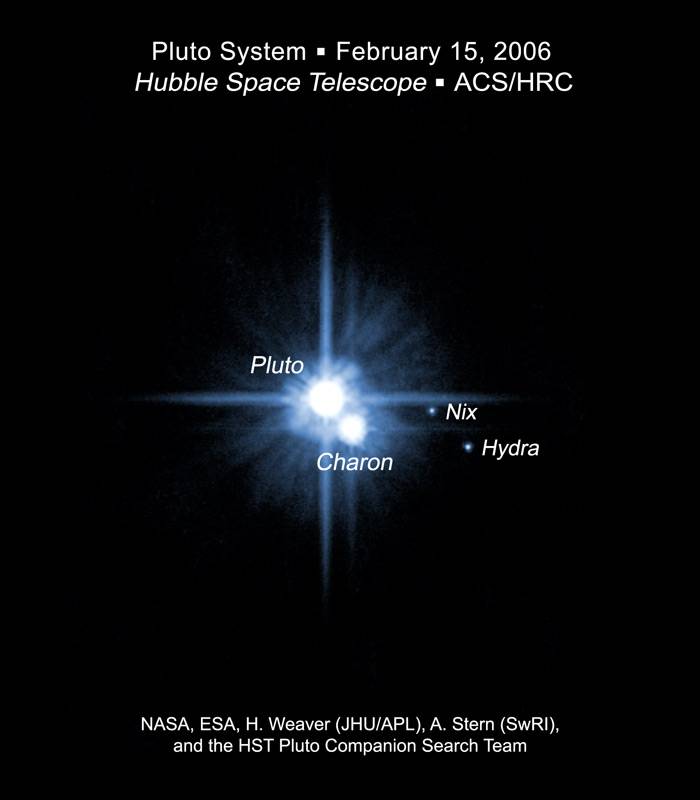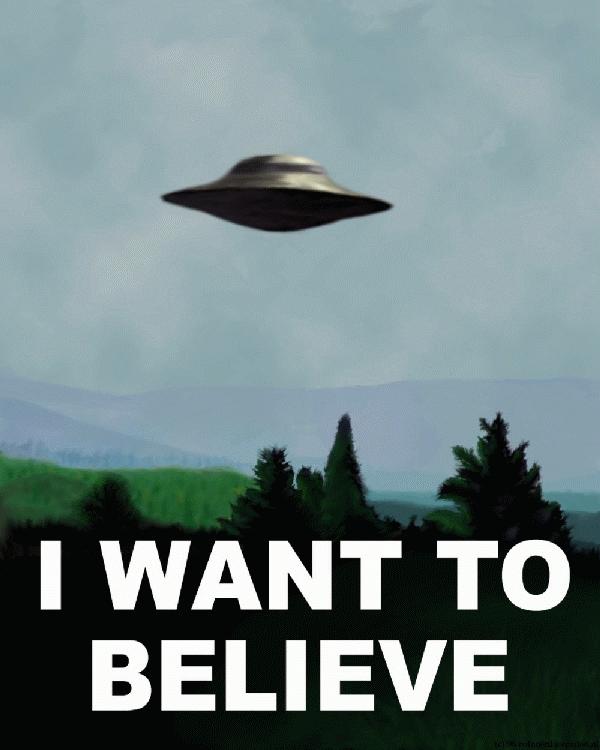It appears to be a collision of two bolides, but more data is needed.
Robert
Or the in process fracturing of a single body, one that had accreted into a single object sometime in the far past, into two halves. I have read a theory of bodies in the Kuiper Belt (or possibly the Oort cloud) being fused together on colliding. As a larger body, having doubled in size, they very gradually, over great periods of time (amply available out there) attract smaller particles which fill in the void, and become glued together to form a single object. Pluto and Charon are two of the three largest KBOs, and like the inner asteroid belt between Mars and Jupiter,there is no lower limit to their size.
Here's an article about an astronomer studying KBO (Kuiper Belt Objects) Kuiper belt objects were produced not from gradual accretion, but partly from impacts. He says, in part:
"some large Kuiper belt objects could have been built from a small number of really big collisions among increasingly ice-depleted bodies, while others might have been formed from smaller, less powerful collisions that allowed more ice to remain. "You can have different combinations," he said. "
His interest is in how the largest ones formed, but the same rules might apply to the smaller ones. If KBO collide, then some may be moving away from the sun, while others fall towards the sun.
Do we know how large this body (that appears to be falling into the the solar wind) happens to be? The long fall from K.B. would allow it to build up speed so that the speed imparted from the actual impact would not need to be very great initially.
Kuiper Belt may be born of collisions : Nature News
Last edited:





